We may have all heard the term “problem-solving” before, but I wonder how many people actually know the steps in the problem-solving process. If you ask someone how to solve a problem, they may say something like “just find what works” or “figure out the problem before trying to solve it”; and just like how the average person could change the brakes on their car, an experienced mechanic will know all the basics just as well as they would know all the subtleties and best practices that would take the process from just working, to working optimally. I am sure that many people reading this could say that they have solved countless problems in their lives, but to have a step-by-step guide on an effective method of doing so may yet be useful. The steps for problem-solving as referenced in the DBT Skill Training Handbook and Worksheets (2nd edition) by Marsha Linehan (2015) are outlined as follows:
Step 1: Describe the Problem.
This step may sound simple, but it is one of the most important. If one begins addressing what they believe to the real problem, they will spend time and energy on an ineffective intervention, if in fact there was a more foundational problem at hand. Take the time here and review what may be causing the initial problem and reflect on the underlying causes to maximize the desired effect of your upcoming solutions.
Step 2: Check the Facts.
This is where we strive to minimize our assumptions and opinions and really keep to the facts as well as we know them. This is pivotal because if the facts fit the problematic situation, then you continue with the problem-solving process. If the facts do not fit the problematic situation, then you will need to repeat step one until they do fit.
Step 3: Identify your goal(s).
This is just as important as clearly understanding the problem. Here you establish the goal(s) that will achieve the resolution you are truly looking for, and that is attainable. Sometimes people can have the right problem, but the wrong goal and it can lead to wasted efforts. Take time to establish goals and then return to them later and see if they still feel right.
Step 4: Brainstorm Solutions.
In this step you will need to write out as many solutions for this problem as you can. Even if you need to think outside the box, keep generating ideas for the problem. The list shouldn’t be too long. This has two benefits; one is finding possible solutions to the problem at hand, and the second is building up a cognitive habit of finding solutions in response to your problems, rather than undesirable thoughts that compound the problem.
Step 5: Choose a Solution.
This is when you sort through all your proposed solutions and rank them in order of their likelihood, to work for the problem. At the top of that list should be the one you estimate to be the most likely to work. Double check these rankings in relation to the facts of the problem and if they check out, then prepare to put that solution into full effect.
Step 6: Put the Solution Into Action.
This is simply taking the solution most likely to work and applying it fully, and with intention. Take the first few steps and try to do so with full motivation to see it through. This is where our commitment to this process is important because a great solution can still fail if done only halfway.
Step 7: Evaluate the Results.
This is (possibly) the final step in which, after an adequate time has passed, you assess the results of this solution and determine if it has effectively addressed the problem. If yes, then the process is concluded, if no, then refer back to the ranked list of solutions, take the 2nd most likely to work and repeat step six with that solution. Repeat this until a solution proves effective. Keep in mind that if one solution does not fully work, it is possible for the collective effect of multiple solutions to also have a profound effect on a problem.
Sometimes this process can have nuances and complicated variables that may require the combined insight of trusted supports. Feel free to bring your friends, family, or therapeutic provider in on the process to help maximize your chances for success. For more support in utilizing this process, click here.


